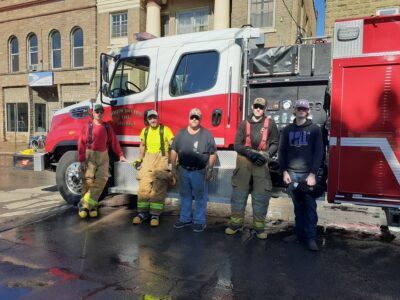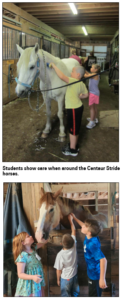A crouching man, an orator and other wayward souls
I’ve seen them on several occasions, sometimes together, sometimes separately. I have a feeling I will see them less now that the weather is getting colder and there is little protection from the wind in Dunkirk’s Washington Park.
At first it was alarming for me and my dog, whom I was walking there earlier this summer. One of them was a black man whose age was hard to tell beneath his baggy clothes and hoodie. He stood tall on the floor of the gazebo, gesturing dramatically as he delivered a sermon about the state of the world. He did so with eloquence in diction and syntax (but not without considerable profanity). There were references to salvation and damnation, to slavery and sexuality, to God and Satan, to sinners and saviors. Yet while his fluency was masterful, it was hard to make sense out of the rhetoric. It was like hundreds of sound bites strung together without any hint of a thesis.
On the ground beneath the orator was a crouching man who hopped about, frog-like, on the grass and steps. He was white, with long hair and a scruffy grey beard, and he wore a baseball cap and a coat that was too big and too heavy for summer. Based on the excited manner of his romping and vocal interjections, he appeared to be inspired by the orator’s speech. Together, they acted out a scene that was, for lack of a better word, surreal.
A week or so later, my dog and I witnessed another strange incident, this one in the early morning at Russell Joy Park in Fredonia. We entered from Hamlet Street behind Pucci’s and headed toward the playground. Walking through the covered pavilion, I was startled to come upon a man who seemed to be hiding behind the wall. My first instinct was to defend myself. Yet the expression on the man’s face was not threatening; it was one of fear and confusion, like he had been awakened from a dream and didn’t know where he was. Mumbling softly to himself, he turned and walked away
Recently we were parked in the pull-off area of Point Gratiot near the lighthouse. There was an empty car in the space in front of us – I assumed someone was out walking. A hundred feet or so out in the park was a lone man pacing excitedly back and forth from a picnic table, flailing his arms, cussing, then pleading with someone or something. A few moments later he was sitting at the table, eating what appeared to be cookies from a paper bag while having a serious, subdued conversation with an invisible companion. Then suddenly he’s up again, charging from the table and ready to fight! I watched him for some time as he repeated these scenarios with very little variation, always going about twenty feet out before returning, as if controlled by an invisible cord. The part that shocked me was when he picked up his cookie bag, walked to that car in front of me, and drove away.
What I’ve described here are real life examples of people with mental disorders – at first glance, some sort of psychotic condition. The Cleveland Clinic estimates that there are more than 200 types of disorders, and the classification of the different types is a matter of complex research. I imagine the causes of the illnesses, from genetics and brain chemistry to environmental factors, must be infinite.
It is impossible to know what goes on in the minds of these people. The roots of their dysfunction are deeper than we can imagine. They exist within and out of separate dimensions of reality, and are partially blind and deaf to the social world around them. They barely see us, even as we try to help, and the roads they travel within the labyrinths of their minds are roads for which we have no maps.
The saving grace for Alice and the rabbit hole she wandered through in Wonderland was that she had a home, a safe place to return to. Yet many of those suffering from severe dementia have no such sanctuary. The separate realities in which they reside preclude the notion of sedentary life – of homes. Their nature is nomadic.
What to do about the crouching man, the orator, the dreamer, and the fighter? I suppose a starting point might be to try to gauge how much of the real world they inhabit. We should know that they are often afraid. And we should be prepared, as a humane society, to greet them kindly when they pop up from their holes into our world. And of course we must make a concerted effort to keep them, along with the people with whom they interact, out of harm’s way.
Musician and writer Pete Howard lives in Dunkirk. Comments to odyssmusic20@gmail.com






